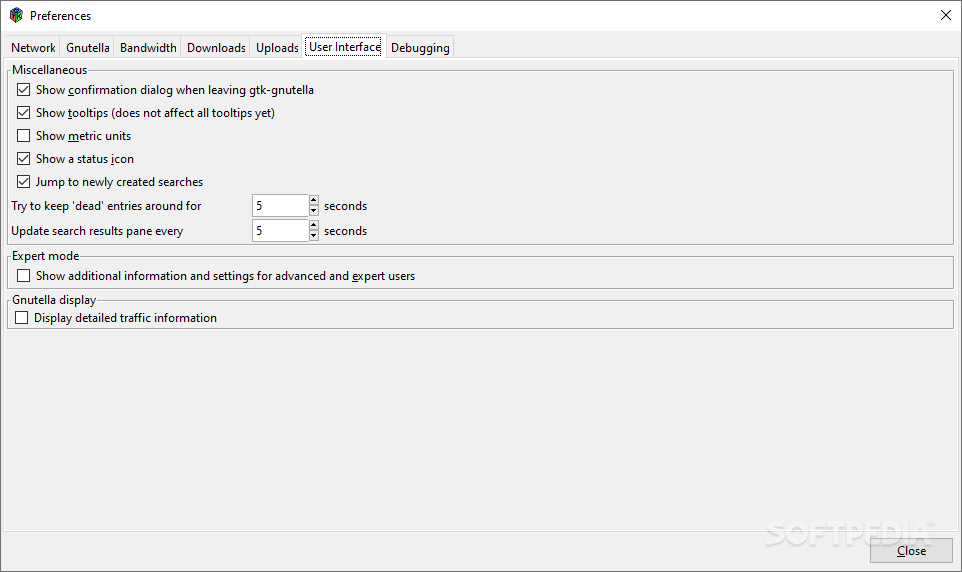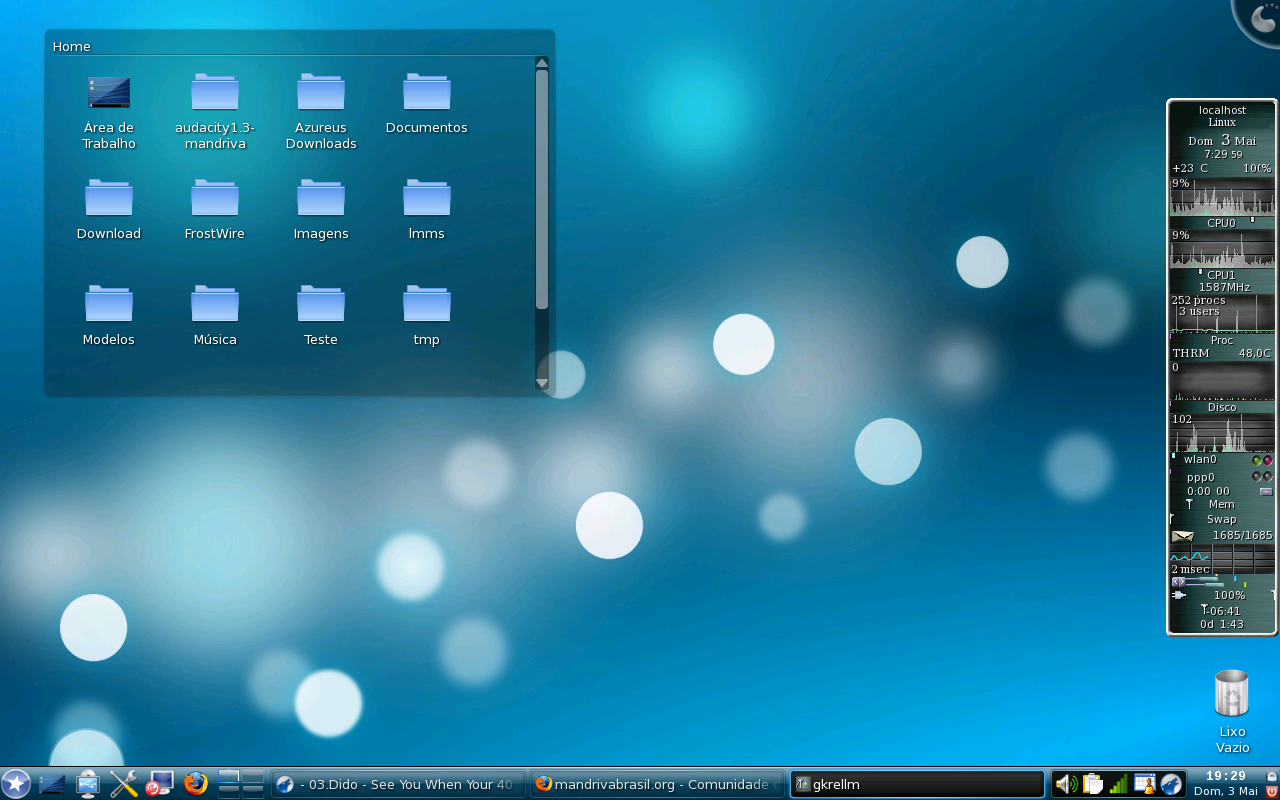

- #GTK GNUTELLA FROM COMMAND LINE HOW TO#
- #GTK GNUTELLA FROM COMMAND LINE INSTALL#
- #GTK GNUTELLA FROM COMMAND LINE UPDATE#
He has two other computers running Windows XP.
#GTK GNUTELLA FROM COMMAND LINE HOW TO#
He picked up the command line very easily once this was pointed out… and also how to use the TAB key in the console 😉 He had not got a clue how to do this, and did not know it is case-sensitive.
#GTK GNUTELLA FROM COMMAND LINE INSTALL#
He tried to install Limewire, and the install for this has to be done at the command line. That was 3 weeks ago, and he is still using it. I was expecting it to be removed within hours. I installed it onto a friends, (Windows Fanboy) computer. I have installed Mandrake 10 onto a variety of machines since, both desktops and laptops, and none has shown any problems. It restarted without a problem though without restarting X.
#GTK GNUTELLA FROM COMMAND LINE UPDATE#
I did have the KDE panel crash once when I installed some software and update the menu. Mozilla and OpenOffice both take a few seconds to boot up, but once they are running, they are lightning fast. Although to be completely honest, I think that has more to do with reiserfs than the system itself. Indexing files is a directory is extremely quick compared to all other versions of Mandrake. From reboot it is up and running in KDE in 23 seconds. Mandrake 10 is extremely responsive on this computer. I downloaded the Baghira theme and Window Decorations and now KDE looks very sweet indeed. The default KDE theme looks extremely ugly to me, so a quick trip to soon sorted that out. Installing any of them worked like a treat as they were for Mandrake 10 rather than generic Mandrake. It includes over 2000 packages in RPM format. GTK-Gnutella was found on the same repository as Xosview and Kbiff.Ī quick browse on the net also found the main repository for Mandrake 10 development. There is also no software included for file sharing. Gkrellm is included and it does an excellent job of giving a quick idea on how things are running. I use this to keep an eye on the various resources that my machine is using at any time. I use Mozilla for surfing, Kontact for E-mail, OpenOffice for writing. Mandrake included almost all the software I need on a daily basis. I could have installed these from the installation disks, but I preferred to use the Internet update just to make sure I got the latest versions. This included all the multimedia I use, Mplayer, Xine, Xmms, The Gimp and Tv-Time. After the installation had finished, I ran Mandrake Update and picked the nearest repository to me and installed the rest of the software over the net. I did a custom install first, installing both KDE and Gnome, Openoffice and Koffice. The only hardware that was not detected was a Creative Webcam GO The installation took 2.5GB and 16 minutes. I also installed /home on the remainder of the secondary drive.

I installed the root partition as a 15GB partition on the primary drive and /swap as 800MB on the secondary drive. I did a custom install of Mandrake 10 on the above setup. KV7MM Motherboard – Via 8233 Integrated Audio Via Rhine Integrated Ethernet

The review is based on this specification: Operating systems (and GUIs) I have been using include CP/M, DOS, Windows from Version 2 to XP, Geos, Beos, SCO Unix, Solaris, OS/2 and quite a few Linux Distros. I have been using computers since 1982 mostly PCs, but also VAX mainframes and SPARC systems. So I consider myself as a bit of an expert. Since then I have been using it almost exclusively on one or more of my PCs. I installed the first version of Slackware on a 16MB 386sx-25.


 0 kommentar(er)
0 kommentar(er)
